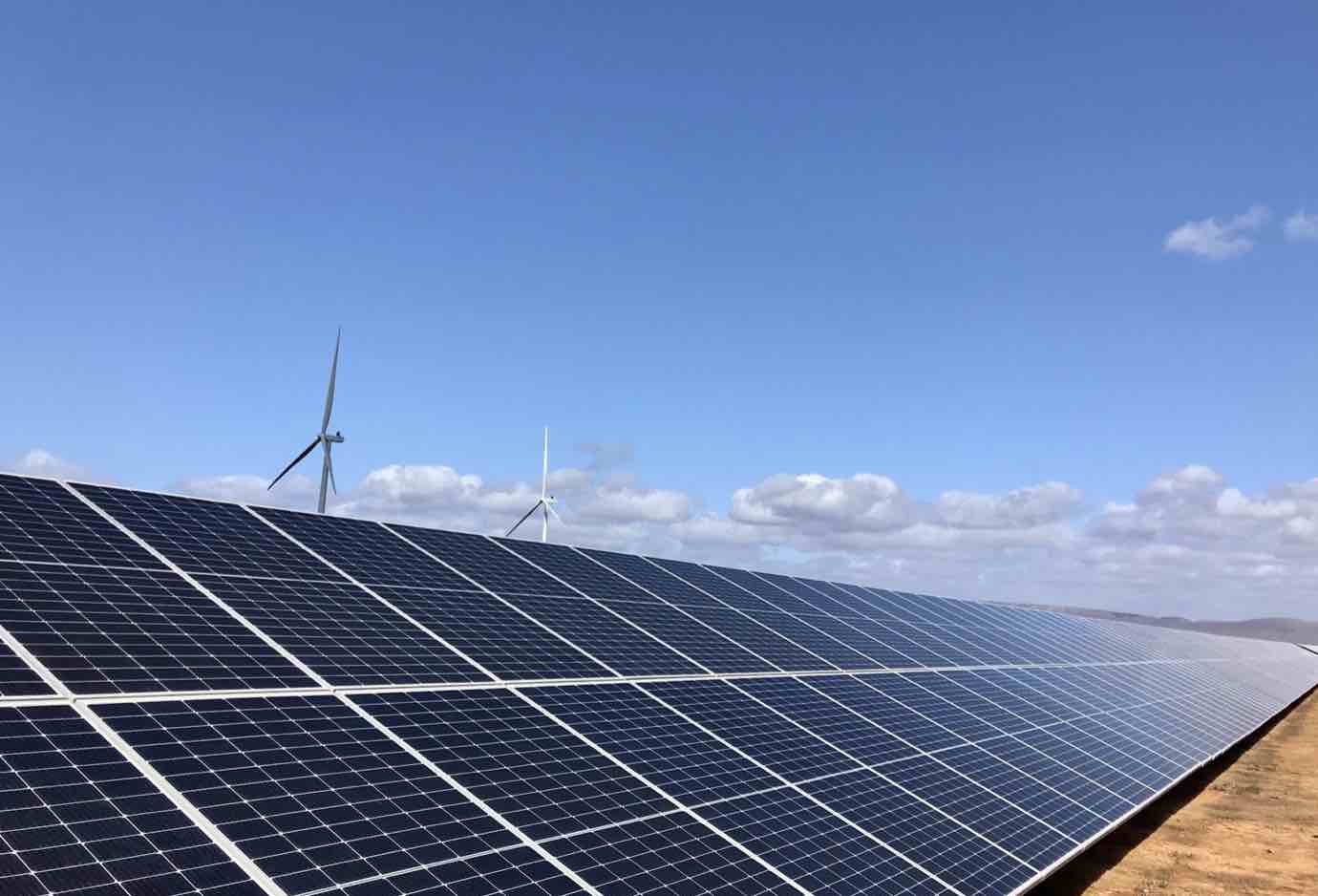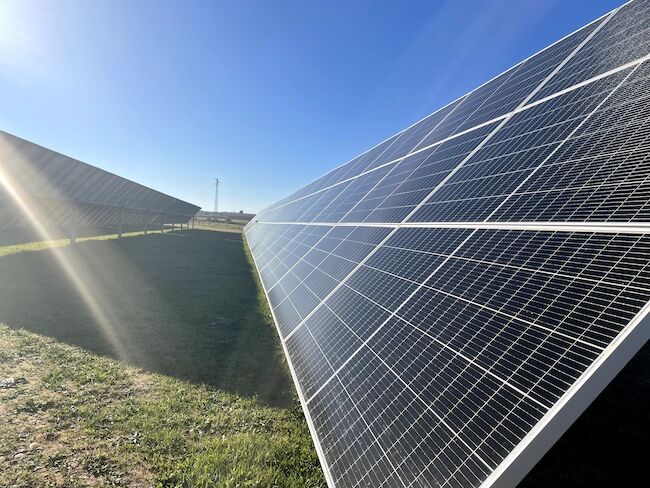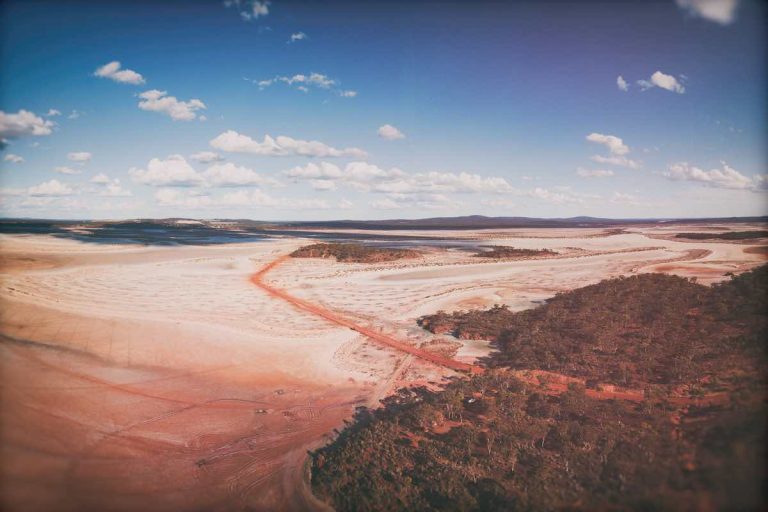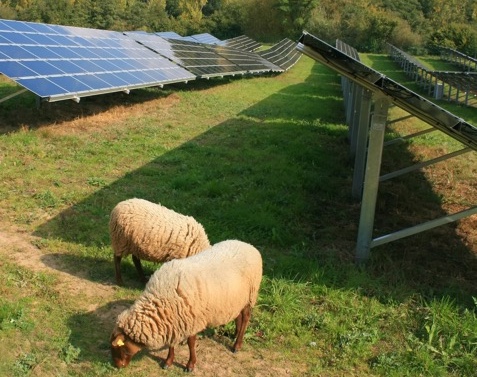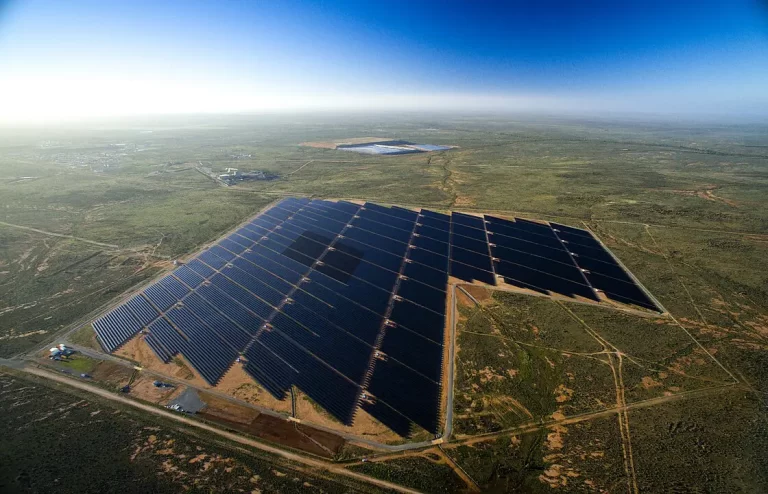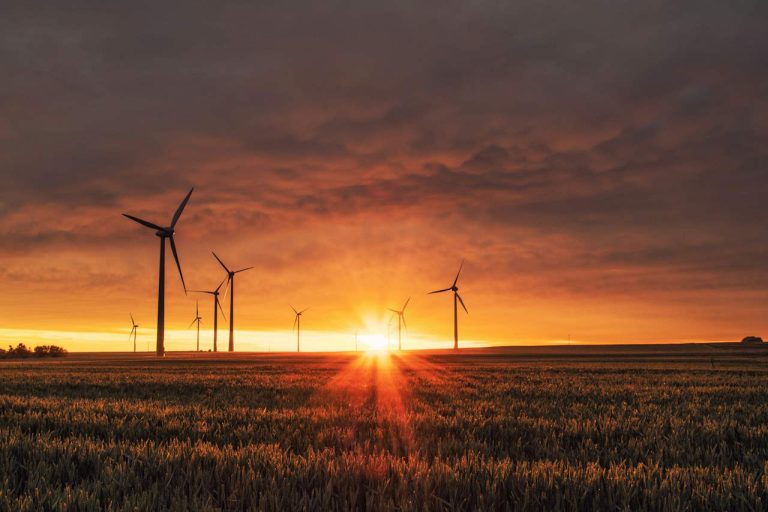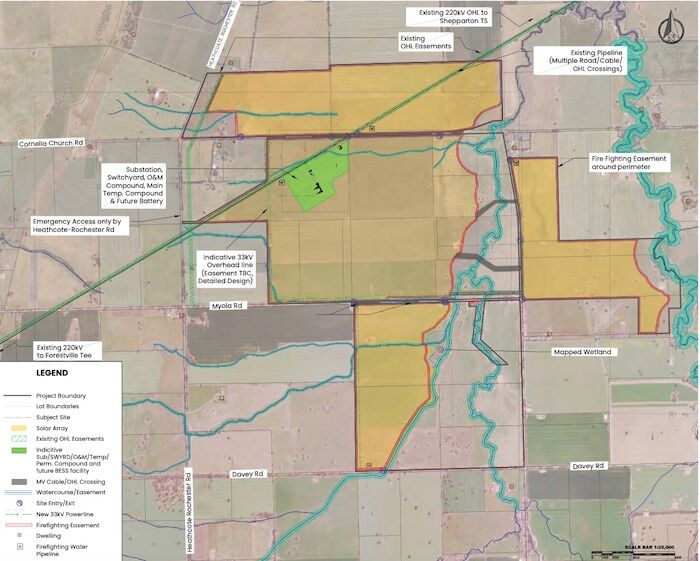Transition to 100% Renewable Grid: South Australia’s Success Story
Australia has set an official renewable energy target of 82 per cent by 2030, aiming to transition to a grid powered predominantly by renewables. This goal will necessitate extended periods where the grid operates on 100 per cent renewable energy, despite the inherent variability of wind and solar sources.
Similar targets exist in Europe, notably in Denmark and Germany, with all eyes now turning to South Australia. This state already achieves a 100 per cent renewable energy share almost daily and has a government target to reach an annual average of 100 per cent “net” renewables by the end of 2027.
Challenges and Innovations in South Australia
The management of this transition in South Australia has been highlighted by key network operators in the state. South Australia Power Networks and ElectraNet play crucial roles in maintaining the grid’s stability and facilitating the integration of renewable energy sources.
South Australia was the first Australian state to phase out coal, replacing much of its capacity with rooftop solar installations. This shift has led to South Australia becoming a global leader in renewable energy adoption.
The Transition to 100% Renewable Energy
ElectraNet CEO Simon Emms emphasised South Australia’s pioneering position in the transition to 100% variable renewable energy (VRE). The state aims to achieve this milestone by 2027, joining Denmark as one of the leading jurisdictions in renewable energy adoption.
Emms highlighted the importance of managing increased load forecasts, ensuring grid security, and investing in infrastructure to support new renewable energy projects. South Australia’s success in reaching 100% renewable energy on a daily basis marks the initial phase of this transition.
Future Challenges and Opportunities
Looking ahead, Emms discussed the potential role of peaking gas generators and the need for new transmission lines to meet growing demand. He also mentioned the possibility of small modular reactors as a repowering option for ageing wind and solar farms in the future.
Despite the promising outlook for renewable energy in South Australia, Emms stressed the importance of addressing underinvestment and ensuring that the market operator’s forecasts align with the state’s increasing demand for clean power.
South Australia’s abundant wind and solar resources position it as a key player in the global transition to green energy. Emms highlighted the region’s potential to develop a green steel industry, leveraging its natural resources and renewable energy capabilities.
While acknowledging the challenges ahead, including the need for additional load to drive further renewable energy generation, Emms expressed optimism about South Australia’s ability to capitalise on its renewable energy potential.
